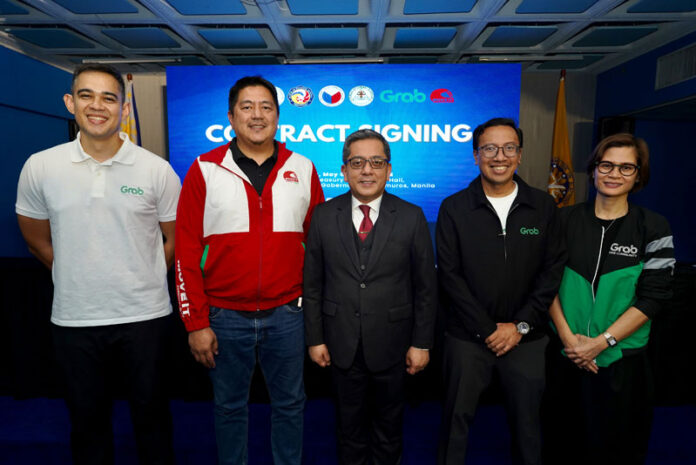“The papal conclave…is a sacred event grounded in the belief the Holy Spirit guides the cardinals in choosing the next pope”
ON MAY 7, 133 cardinal electors under age 80 will gather in Vatican City for formal meetings and private discussions before casting votes in a secretive papal election process known as the conclave, a term derived from the Latin word conclave, which translates to “a locked room” or “a private chamber.”
After the first day, the cardinals vote four times daily until one candidate secures a two-thirds majority.
Voting takes place up to four times a day until one candidate secures a two-thirds majority. The outcome of each vote is signaled to the public through smoke rising from the chapel chimney: black smoke means no pope has been elected, while white smoke announces that a new pope has been chosen.
In 2013, Pope Francis was elected in just two days. This year, potential candidates come from around the world, and the key question is whether the next pope will continue Francis’s progressive legacy or shift the Church in a more conservative direction.
The papal conclave is held in the Sistine Chapel in Vatican City and typically begins 15 to 20 days after a papal vacancy, whether due to the pope’s death or resignation.
The process is conducted under strict secrecy—cardinals are completely cut off from the outside world, with no phones, media, or electronic communication allowed.
In the early days of Christianity (1st to 11th century), popes were chosen by the clergy and people of Rome, but the process was informal and often influenced by powerful nobles or emperors.
This sometimes led to confusion and political struggles. In 1059, the Lateran Council, led by Pope Nicholas II, made an important change by officially giving cardinals the role of electing the pope.
At first, only cardinal bishops had this duty, but it was later extended to all cardinals, creating the foundation for the more organized conclave system used today.
In time, papal conclaves evolved. From the 15th to the 19th centuries, papal conclaves became more elaborate and politically driven, often influenced by powerful Catholic monarchies such as France and Spain.
To protect the integrity of the election, the Church reinforced secrecy and formal rituals to limit outside interference.
In the 20th century, several major reforms were introduced to modernize the process.
In 1904, Pope Pius X eliminated the secular veto power (jus exclusivae) previously held by Catholic monarchs.
In 1970, Pope Paul VI limited voting rights to cardinals under the age of 80. Pope John Paul II further reformed the system in 1996 with his apostolic Constitution Universi Dominici Gregis, which streamlined the voting process.
Later, Popes Benedict XVI and Francis introduced additional changes to increase transparency and clarify procedures.
For the first time in history, fewer than half of those given a vote will be European. And although the college may be dominated by Pope Francis’ appointments, they were not exclusively “progressive” or “traditionalist.”
With equal chances of getting elevated to the papacy are cardinals from Africa, Asia and the Americas. The growing geographical diversity of papal candidates reflects the increasingly global nature of the Catholic Church.
There are three Filipino cardinals voting in this conclave — Jose Advincula, Pablo Virgilio David, and Luis Antonio Tagle.
All of them can be elected Pope by their fellow cardinals. That would be a blessed and happy day for Catholic Philippines. I am fully confident that all three would be great Popes if they were chosen.
The papal conclave is more than just a formal election—it is a sacred event grounded in the belief the Holy Spirit guides the cardinals in choosing the next pope.
Indeed, it is ultimately the Holy Spirit who leads them to the right decision.
This spiritual dimension gives the conclave its solemn and prayerful nature, elevating it beyond politics to an act of deep faith and discernment.
Held in the Sistine Chapel beneath Michelangelo’s Last Judgment, the setting serves as a powerful reminder of the gravity of their task and their accountability to God.
Facebook, X, and Bluesky: tonylavs Website: tonylavina.com







